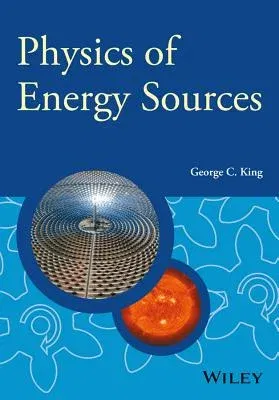Physics of Energy Sourcesprovides readers with a balanced presentation
of the fundamental physics needed to understand and analyze conventional
and renewable energy sources including nuclear, solar, wind and water
power. It also presents various ways in which energy can be stored for
future use. The book is an informative and authoritative text for
students in the physical sciences and engineering and is based on a
lecture course given regularly by the author.
With the ever increasing demand for sustainable,
environmentally-friendly and reliable sources of energy, the need for
scientists and engineers equipped to tackle the challenges of developing
and improving upon commercially viable energy sources has never been
more urgent. By focusing on the physical principles governing energy
production, storage, and transmission, this book provides readers with a
solid foundation in the science and technology of energy sources.
Physics of Energy Sources features include:
- Analyses of conventional and renewable energy sources in terms of
underlying physical principles
- Integrated application of a wide range of physics, from classical to
quantum physics
- Coverage of nuclear, wind, wave, tidal, hydroelectric, geothermal and
solar power, including many practical systems
- Consideration of efficiency for power production as well as energy
storage and transportation
- Consideration of key environmental issues
- Worked examples in text, and problems & solutions to encourage
understanding
- Derivation of formulae with a minimum of mathematical complexity

